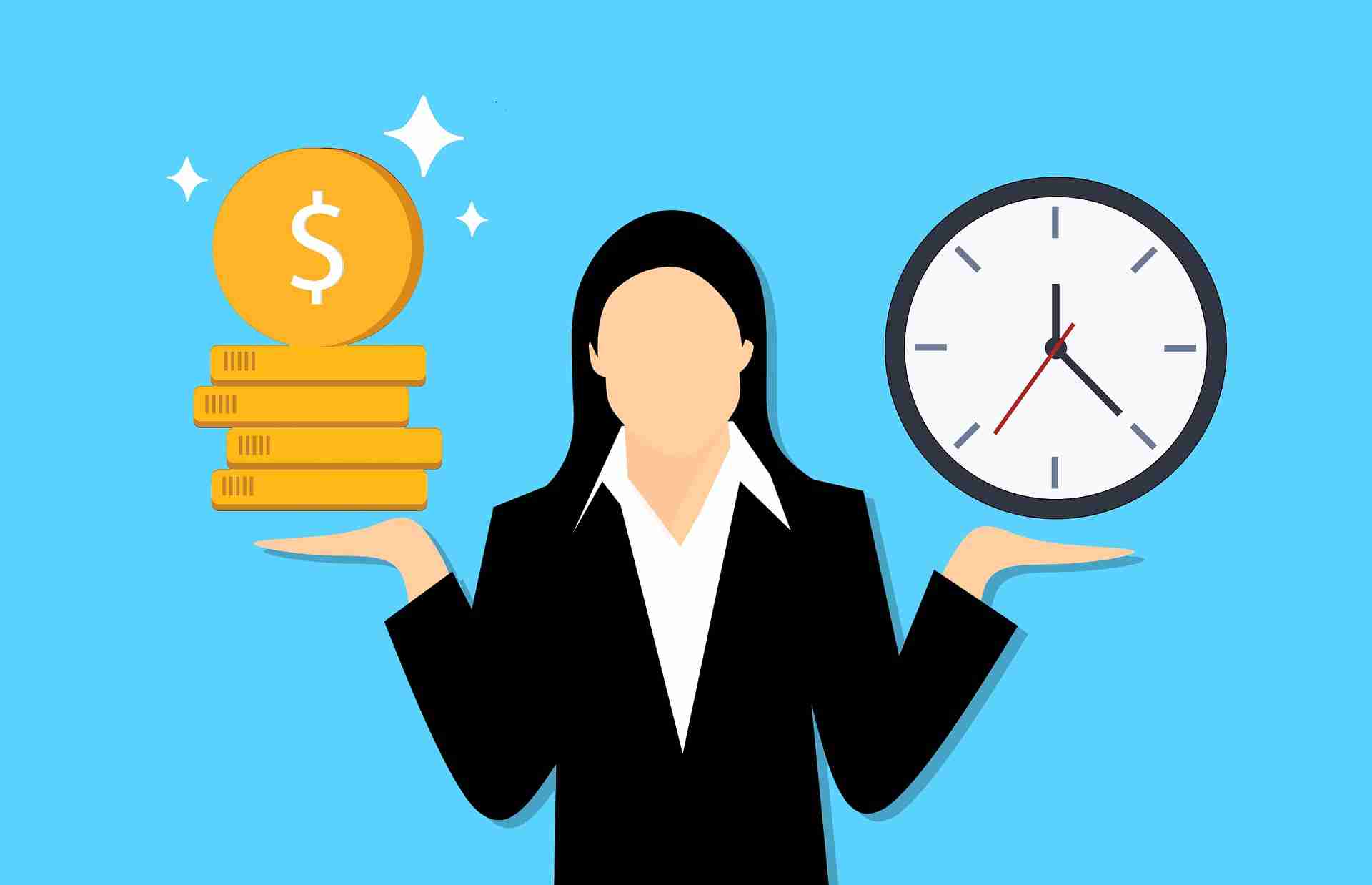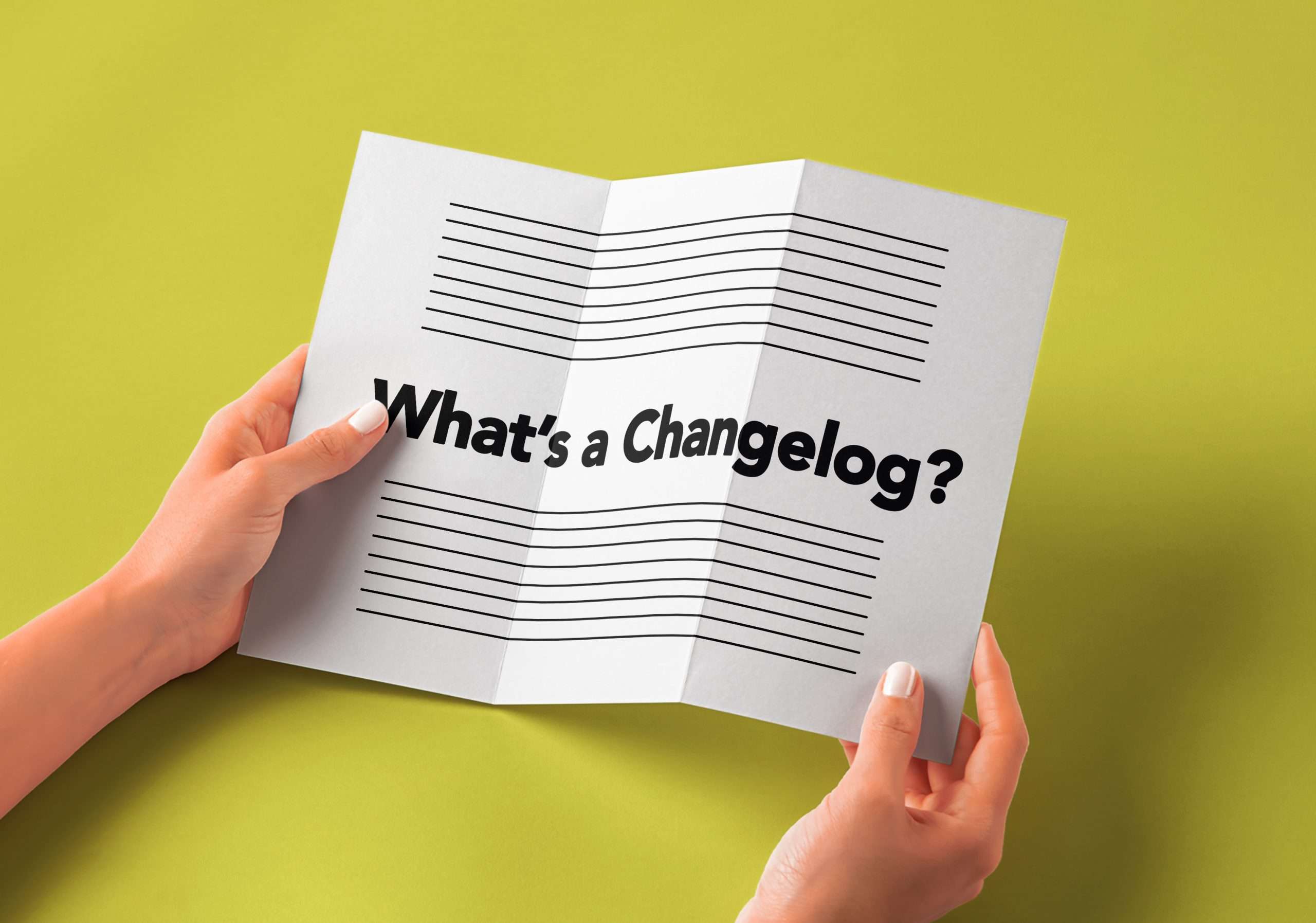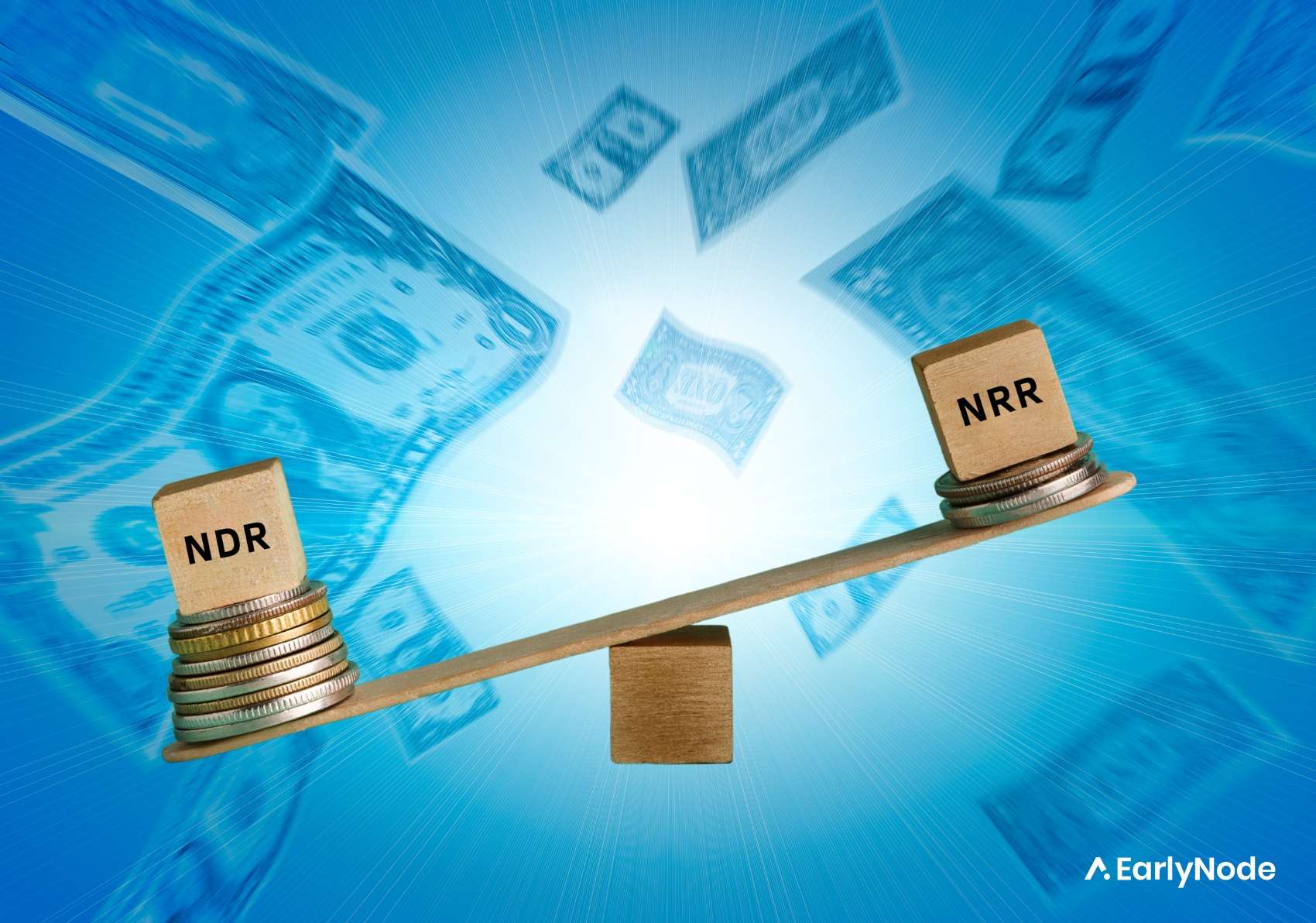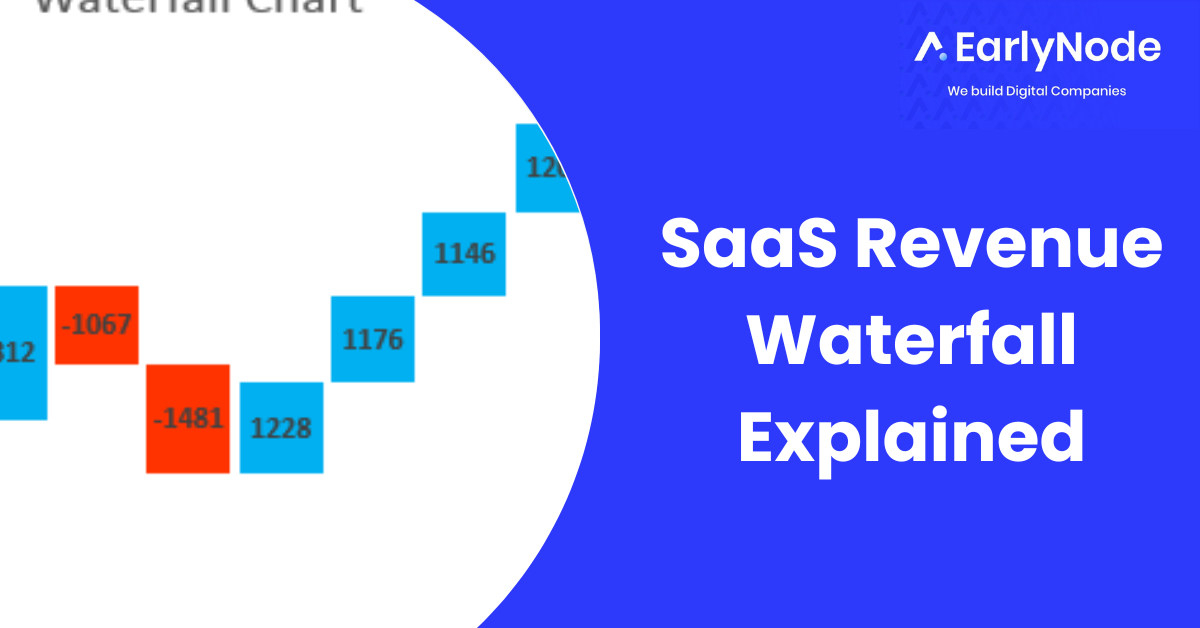Customer Lifetime Value (CLV): What is it?

Every business’s dream in sales is to keep all their existing customers while also gaining new ones. That’ll mean growing revenues each month and each year. Who wouldn’t want that?!
While we’re yet to see this happen (because it’s nearly impossible), you would want to retain a customer long enough until you’ve at least gotten back the money you spent acquiring them. And one effective way to do this is by measuring Customer Lifetime Value (CLV)
What is Customer Lifetime Value?
Customer Lifetime Value (CLV) is the amount of revenue you can expect a single customer to bring to your business over the lifetime of their relationship with you. It is a crucial metric to measure if you want to remain profitable over the long term.
People sometimes confuse CLV with LTV (Lifetime Value). Even though they both measure the value of customers over time, there’s a catch. CLV is often used to measure the value of a single customer, while LTV focuses on the cumulative value of all your customers. However, they are mostly used synonymously. We’ll stick to the term CLV in this article.
It’s less expensive to retain existing customers than it is to acquire new ones for your business. In fact, according to a report by Invesp 2020, the probability of selling to an existing customer is 60-70%. While the probability of selling to a new prospect is 5-20%.
They say you never know the value of something until you lose it. So, customer retention should be top of your sales priorities, and understanding your CLV will play a big role in this.
Why is it important to understand your Customer Lifetime Value?
All people might be equal, but in terms of business, all customers are not equal. Some customers are more valuable to your business than others. Airlines will certainly tell you that!
Finding out your CLV will benefit you in many ways:
- It helps you know how to satisfy your most profitable customers and retain them for longer. According to a study, improving your customer retention rate by only 5% can increase profits by 25% to 95%.
- The higher the CLV, the more revenue you gain over time.
- It gives you an idea of how much to spend on acquiring a similar customer next time, knowing how much they are likely to spend during your business relationship.
- Increasing CLV drives down your Customer Acquisition Costs (CAC)
How to Calculate CLV
If you hate math, look away now! The formula for CLV is:
Customer Lifetime Value = (Customer Value x Average Customer Lifespan)
Before we zoom into calculating CLV, let’s define what each component in the formula means.
Average Purchase Value (APV)
Refers to the total value of revenue made in a period (usually six months to a year) compared to the number of purchases made. It’s calculated as;
APV = Total Revenue / Number of purchases
Average Purchase Frequency (APF)
The number of purchases made divided by the number of unique customers who purchased
APF = Number of purchases / Number of customers
Customer Value (CV)
Calculate this number by multiplying the average purchase value by the average purchase frequency rate.
CV = APV / APF
Average Customer Lifespan (ACL)
The average number of years or months customers spend buying from your company. In reality, you can’t actually put a finger on this exact figure. Sometimes you can’t tell precisely when a customer leaves, so it’s okay to estimate based on your historical data.
ACL = Sum of customer lifespans / Number of customers
Now you can use these numbers to calculate CLV. Let’s look at an example:
Suppose your B2B SaaS company made $50,000 in annual revenue in 2020 from 2000 purchases from 200 unique customers.
That means the Average Purchase Value of your customers is $25. APF is 10. The average value of each customer (CV) is $2.5. Your data shows that your customers, on average, have been with you for about 7 years. Your ACL is 7.
So: CLV = $2.5 x 7 = $1750.00
This means you can expect to make about $1700 in revenue from the average customer during their business relationship with you.
How to Improve Customer Lifetime Value (CLV)
Now you know that a larger CLV means more money for your business. You should try to improve this number. Here are a few ideas:
Introduce Upselling and Cross-selling strategies in your marketing
You can send email offers encouraging users to sign up for your higher packages, highlighting why they will get more value from those than from their current packages. This is called upselling, an effective way to increase your revenues.
You could also introduce add-on features that customers could purchase to add to their current package. Just be sure they’re really going to get value out of it, not just because you want more money. Customers don’t like to feel you’re taking advantage of them.
Or, if you have a different product that can integrate with your product and increase value to your customer, you could ‘cross-sell’ that product to get them to spend more.
Improve Customer Onboarding Experience
Customers mainly churn because they had a poor onboarding experience with your product. And a high churn rate is going to reduce your CLV. But the reverse is also true.
Make their time spent on your platform worth it for them. You can read this article to learn how to create a practical onboarding experience for your customers.
Invest in Customer Loyalty Programs
Customers love to feel appreciated. They will stay with a brand that shows they value them. Creating a customer loyalty program is one of the best ways to improve customer retention rates. Some great ideas you can introduce are:
- Offering freebies
- Rewarding users for referrals
- Creating customer appreciation posts on social media
- Offering customer discounts for long-staying members
Improve your Customer Service Experience
Consumers are becoming less loyal to brands and more loyal to their overall experiences. According to a survey by Microsoft, over 95% of consumers consider customer service as important in their loyalty to a brand. In fact, 61% have switched brands because of poor customer service.
Prioritize actions that will make your users feel at home. Such as:
- Sending proactive customer service notifications
- Be quick with responding to and resolving customer complaints in email or social media
- Identify common frustrations users have with your product and resolve them quickly with your product team
- Include self-service options for customers who like to do things themselves
Conclusion
Customer Lifetime Value is an essential metric for any B2B SaaS company that wants to scale. It tells you which customers are the actual cash machines for your business, so you can build a stronger relationship with them.
In short, knowing your CLV will help shape your marketing and brand communication toward the right customers who will grow your business successfully in the long term.




